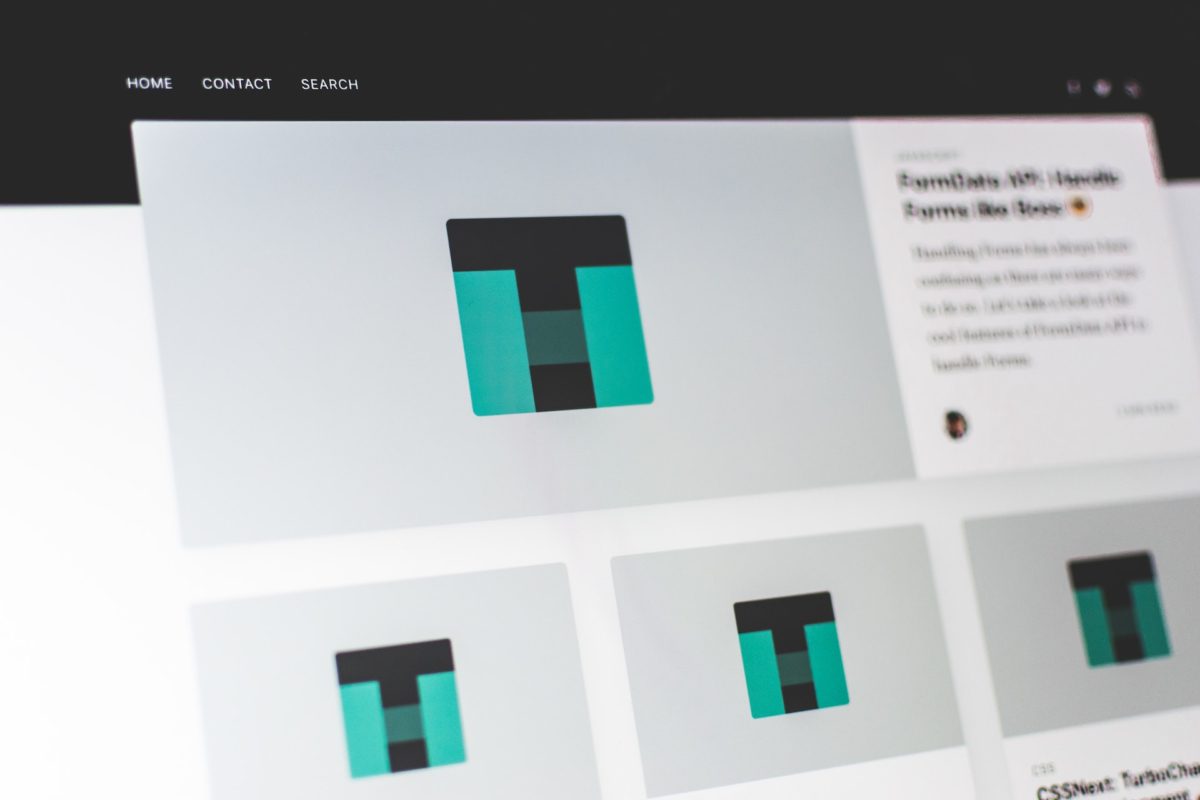Have you ever wondered how brands like Apple, Starbucks, and Netflix manage to achieve worldwide recognition and success? The secret lies in their global strategy.
When approaching a software development company with a project in mind, it’s good to provide a document listing all the requirements. Development teams use it to prepare a rough estimation of the project and, once it’s launched, an in-depth needs analysis.
One of the documents you need to include is a functional specification.
Read this article to find out why you need a functional specification document, what it is, who is it for, and how to write one that guarantees the success of your project.
What is a functional specification?
A functional specification works like a blueprint that helps the development team to understand how an application will function. It describes the user experience step by step.
Having a functional specification document supports developers in organizing and executing all stages of the product development cycle. A functional specification basically tells developers what features they need to build and why. It also helps all the stakeholders involved in the process to work through their often diverging opinions by focusing on a set of goals.
Why write a functional specification?
It’s easier to design a product using words than code. It takes a few minutes to come up with some alternatives to revise and improve a design that is written down. The same may take weeks when it comes to coding an iterative design.
A functional specification ensures that developers are working on the right functionalities from day one and greatly reduces the risk of project failure.

Who is it for?
Functional specification documentation is intended for all project stakeholders. It tells developers what features they need to build and how, but it’s a good idea to share it with the entire project team (especially project managers, business analysts and designers) for better transparency and collaboration.
Functional specification documents enable clear communication between stakeholders and help ensure that the final product meets the needs of end users.
Writing a functional specification
How to write a functional specification? Now that you know what a functional specification is and why it’s a good idea to write it, here are a few tips to help you get started.
A specification is a text document that identifies stakeholders, its own history and potential previous approvals. Apart from that, a functional specification needs to include:
- Project scope – the objectives, outcomes, features, tasks, costs, and deadlines associated with the project. It includes a thorough outline of what is expected to be accomplished, delivered, and fulfilled within the specified time frame and budget of the project.
- Risks and assumptions – all the potential variables and factors that could have a significant impact on the functional design of the product. A detailed analysis of risks and assumptions is essential to avoid potential obstacles and ensure the smooth progress of the project.
- Product overview – that’s where you explain how your application will solve a specific problem of your target audience. The product overview is typically depicted through various visual tools such as sitemaps, screen flows, and wireframes, which help to illustrate the user experience and provide a better understanding of the application’s key features and functionalities.
- Use cases – provide a comprehensive context for functional requirements, by placing them in the context of a user action. This approach is critical in effectively demonstrating the application’s functionality from the user’s perspective, providing a clear understanding of how the user interacts with the application and the outcomes of their actions.
- Requirements – critical product’s features that answer the question: what does your product do? They are an integral part of the product development process, and must be carefully considered in order to ensure that the final product meets the needs of its end users.
- System configurations – steps that are necessary to configure a product. For example, in the case of setting up a user account, system configurations would include defining the login information, selecting the appropriate security settings, and customizing the user interface and preferences.
- Non-functional requirements – your document can also list nice-to-have features of a product that are not considered to be part of its core functionality. Non-functional requirements, while not a necessity for a product to function, play a significant role in determining its overall quality and usability.
- Error reporting – explain how your product will handle errors or exceptions. What kind of messages should be displayed and options presented to end users on the UI (user interface)? These messages should be clear, concise, and provide enough information to help the user understand what has occurred and what steps they can take to resolve the issue.
Note that your specification doesn’t need to include each and every one of these points. Depending on your project and team, the functional specification document may take on different forms.
Marketing department structure can have a significant impact on the creation of a functional specification document. For example, if the marketing team positions product as luxury, specification should have luxury features like premium materials and advanced technology.
One type of functional specification document is a business requirements document. This document describes the business goals to be achieved. Business stakeholders should participate in the creation of the document. Another frequently used formal document is the logic specification, which contains a description of internal interfaces.

Write detailed use cases
Let’s examine this point in detail. In theory, we all know what use cases (or user stories) are. A use case describes the behavior of a system when the user performs an action. But what should a user case include?
Here are a few essential elements every use case should have to provide software engineers with maximum context for developing all the features:
- Name – that’s right, you need to come up with a distinct name for every use case. That’s how you’ll be able to navigate use cases once you write up many of them.
- Description – every use case needs a detailed description where you specify several things:
- Preconditions – what is the state of your application at the onset of the use case?
- Actors – who are the target users involved in the use case and what problem they want to solve?
- Basic flow – the step-by-step user flow in your application; user flow diagrams are used to illustrate the steps and interactions that a user goes through while using the application.
- Alternate flow – alternative flow provided the user chooses an option.
- Exception flow – another type of user flows that follows an exception to the basic flow described in your use case.
- Post condition – the state of your application (software system) after the user performs the action.

Ensure the functional specifications have been reviewed – engage the entire team
It’s smart to create a functional specification together with all critical members of the project. Their input will help you decide which features are core and need to be developed first, what the user experience will look like, and how the application will deal with errors. Ideally, functional specifications documents are reviewed by both technical and business users. The more people review it, the better.
With that document in hand, you can be sure that software developers do a great job when creating your product. In addition, the functional specification document will be helpful for quality assurance specialists who use it to create test cases.
Are you looking for a team of skilled software development team? Get in touch with us; we have ample experience in delivering various IT projects.






